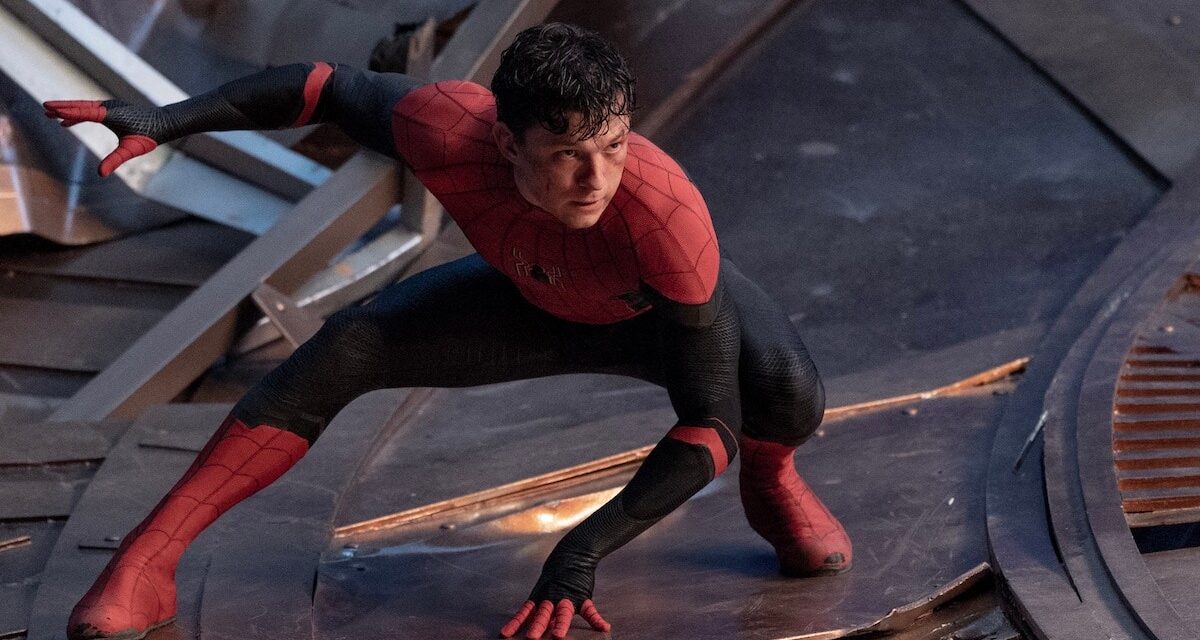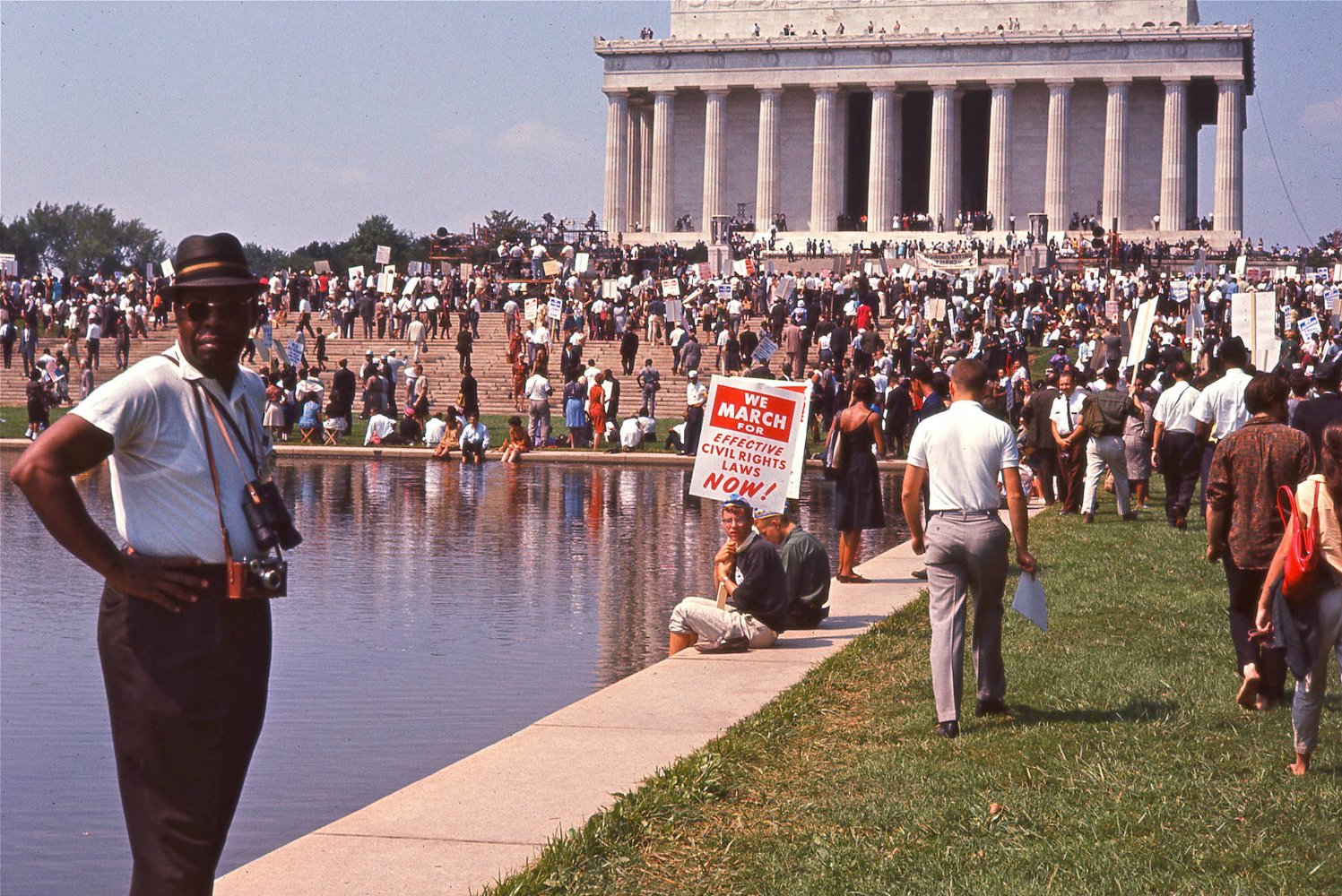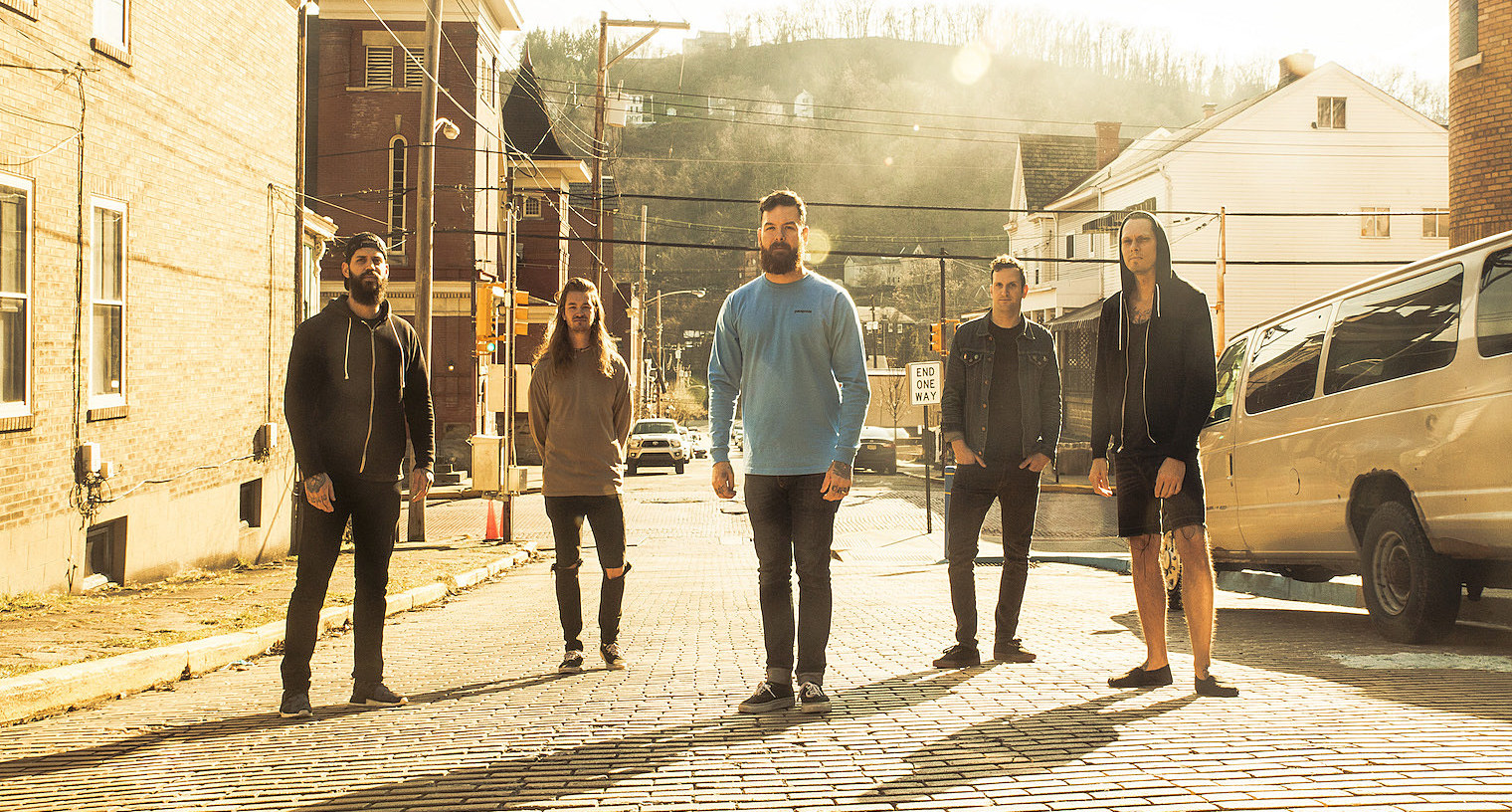To Peter Parker’s (Tom Holland) horror, the end of Spider-Man: Homecoming left him with two bad scenarios. One, he’s being framed for the death of Mysterio (Jake Gyllenhaal), and the other, well, the entire world, knows who Parker and Spider-Man are the same. Just when he gets some reprieve by giving his whole heart to MJ (Zendaya) and her accepting who he is, there’s another mess to clean up. In essence, that’s the life of a superhero – there’s no punch out on a time card. Somebody somewhere will need help, and there will be a villain to thwart. That’s especially in conflict with a young kid on his way to college. This Spider-Man has been in a civil war, in space, turned to dust in “The Blip,” lost his mentor, and everywhere in between. Far From Home deals with the ultimate cost of being an emblem of hope. With gaining great power, there’s a toll you have to pay. Can you truly have it all?
Peter enlists the talents of Doctor Strange (Benedict Cumberbatch) to do a spell where everybody forgets he is Spider-Man. During the spell, Peter blurts out a couple “and but” clauses concerning certain people, and it somehow disorients Strange to where rifts in the multi-verse happen. While Peter should worry about college applications and dates with MJ, there’s yet another thing he has to do. Benedict’s Strange is a different mentor because he is very disciplined in conversation. They’ve been in battles together, and Strange is very stern with him in the advice that he gives. A thing that unites Stranger and Tony Stark together is even through all the snark, they both care about this kid.
There are a couple of topline strengths with No Way Home. Peter, MJ, and Ned (Jacob Batalon) go on this journey together. MJ and Ned are important to the overall mission, and they don’t feel like they are there to eat up time. Not only is this wraps up one story for Peter Parker, but it emphasizes the importance of Ned’s friendship with him and the love that Peter and MJ share for each other. The other is the inclusion of the villains from the Sony verse. Some such as Alfred Molina’s Doc Ock, Jamie Foxx’s revamped Electro, and William Dafoe’s Norman Osborn / Green Goblin shine brighter, but they are all there for a reason. Foxx is given room to include a lot of his trademark comedic tone into this role, more so. Molina brings some brevity to Doctor Octopus’ role from a wisdom standpoint. Ultimately, Dafoe has the best time portraying the split-personality aspect of Goblin. He plays the line from shaky sincerity to absolute unsettling evil at the drop of a hat.
Director Jon Watts and writers Chris McKenna and Erik Sommers have a lot of elements to juggle, and for the most part, they nail the intended mark. No Way Home feels like a quintessential buddy movie during its first hour, and, in the second, it becomes a darker drama. It’s time for Peter Parker to grow up, and the film gives him a defining point on where he does that. You can’t get to your moment of truth without a rite of passage. Although she’s not featured enough, Aunt May (Marisa Tomei) becomes a voice to remind Peter about what it takes to be a good person, no matter what happens on the outside. It’s something that has been a blind spot for him in past films.
In a triumphant, emotional gel, Michael Giacchino incorporates the MCU scores with previous ones from Hans Zimmer and Danny Elfman. Given that No Way Home has a lot of returning elements from the Sony films, there are a lot of nods to the previous history. At points, it’s a blast to see everything interact with each other. There are other times when scenes run longer than they have to because there are added ingredients to the dish. The action scenes, highlighting going into the mirror dimension, are fun. Some confrontations occur where the excessive cuts take away from what’s happening, but the landscapes and certain framing from Mauro Fiore are straight out of a comic book.
No Way Home is akin to the Sony version of X-Men: Days of Future Past. The Fox universe had two great X-Men movies, and then the insatiable need to do the most came over the studio. 2006’s The Last Stand happened, and afterward, Fox left the franchise in a five-year hibernation period. They elected to start over with 2011’s X-Men First Class and tried their best to bring the dual universes together while wrapping up story threads from the first movie. It worked because of the strong direction of the plot and the fact that one character served as a surrogate to go in between the timelines. Sony’s partnership with Marvel and the MCU Spider-Man trilogy are collectively a re-do, pushing the character of Peter Parker to the brink. Obviously, it’s a lucrative decision to have the agreement, but the ending of this film sets off the kid we’ve grown up with taking Captain America’s shield into the harshness of adulthood.
How will he react or if he will still be in this universe – nobody knows a definite answer right now? What is for sure is that No Way Home will prove that Sony can make a good accumulation of this prized property.
Photo Credit: Sony Pictures













